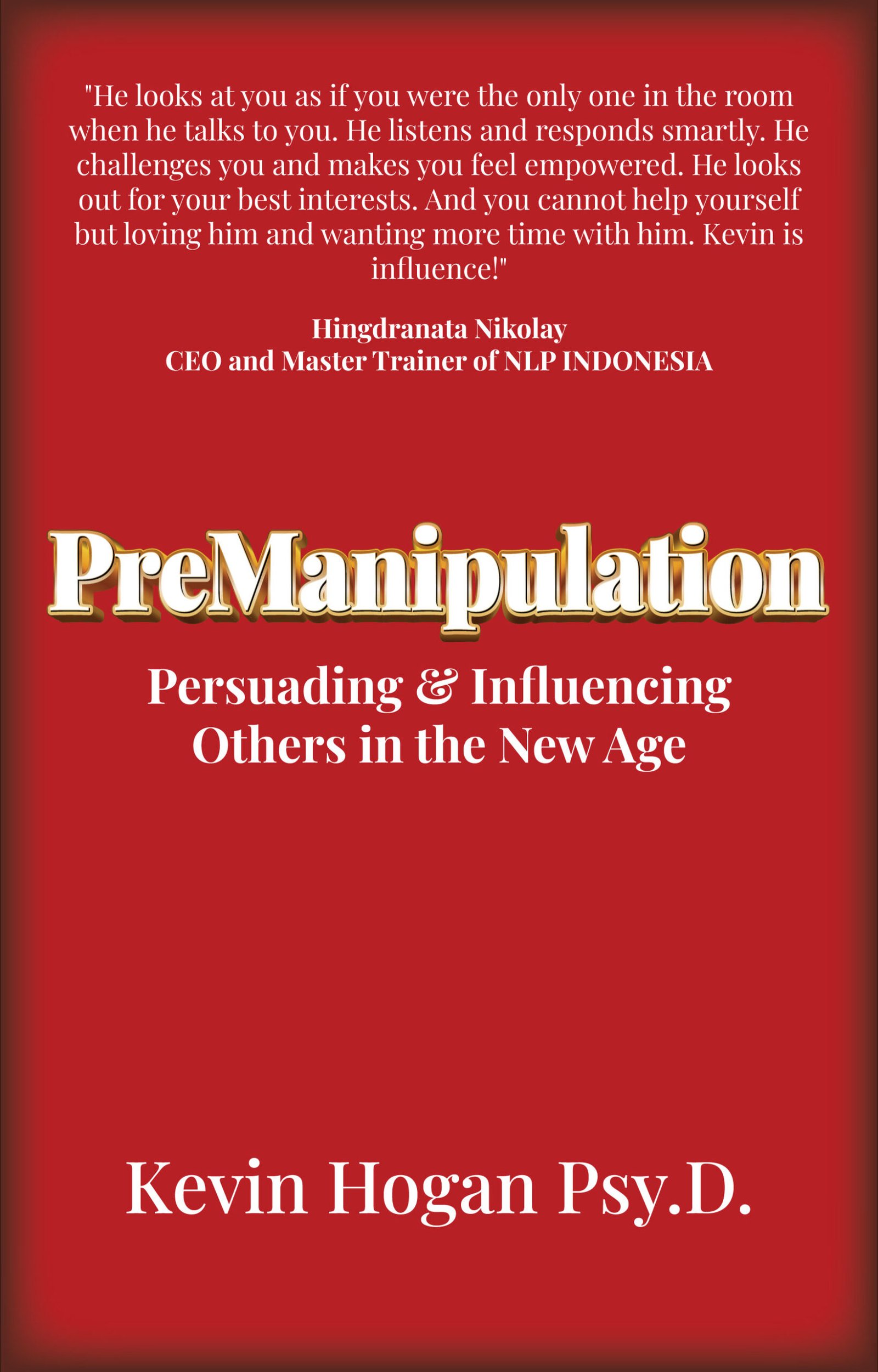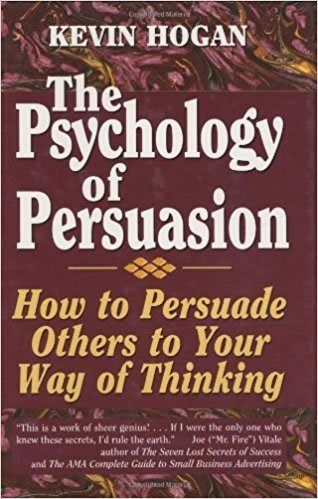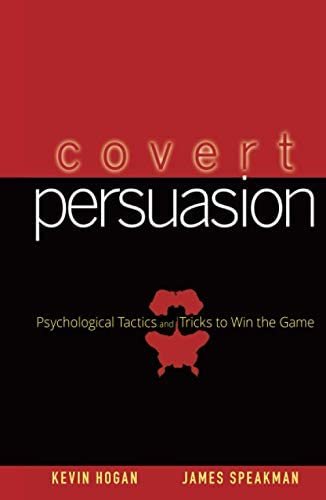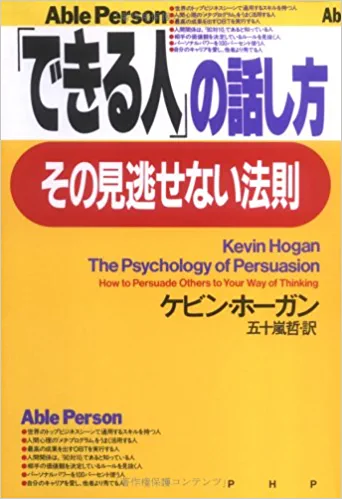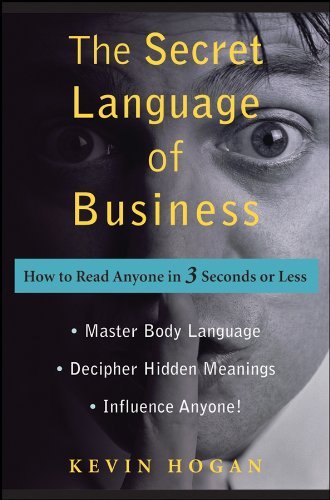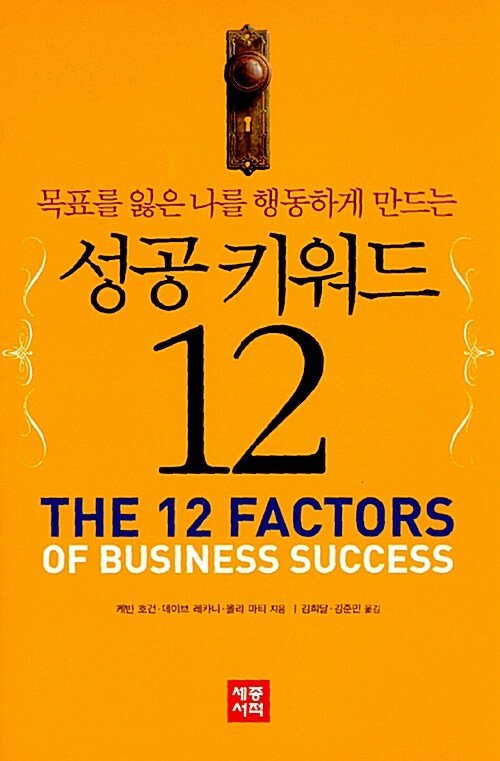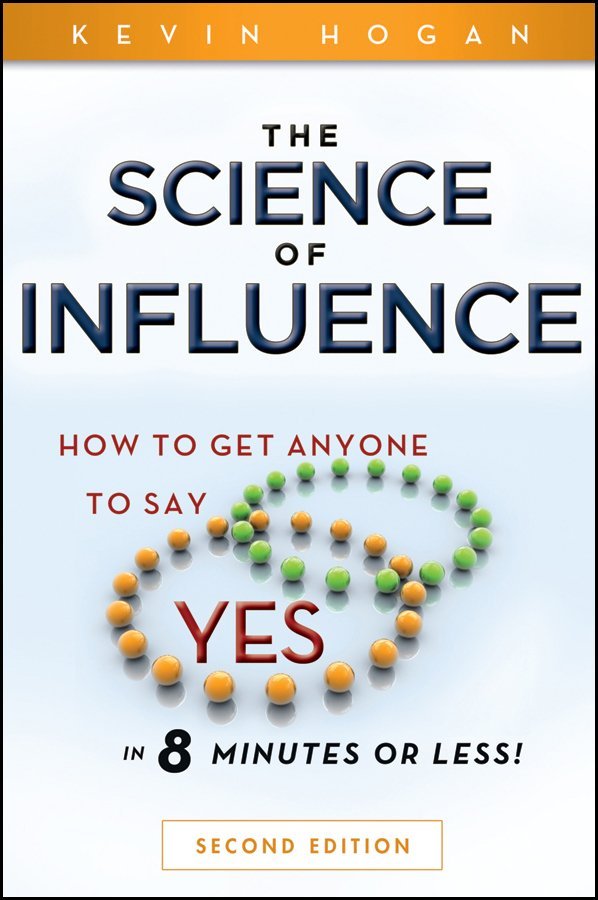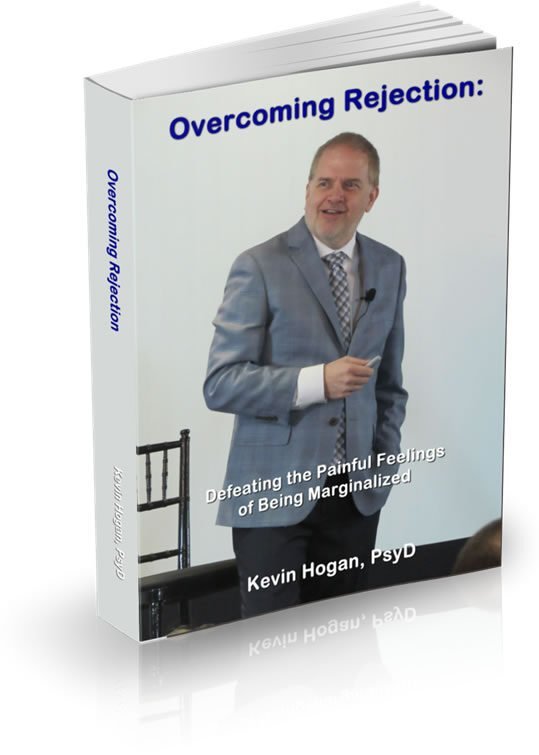You got a meme from a friend today?
It’s possible, but I doubt it. And if you did you won’t know it for quite a while.
But wait you say, it’s funny, it’s scary, it’s a person jumping from a cliff or a dog carrying a skull. Perhaps the message was related to dead people lining the streets in Maripool. Maybe the message pokes fun at Trump or Biden by showing them saying something stupid. (That ain’t a meme that’s just real life.)
OK everyone of these things and all the things you think are memes because they “caught fire and blew up the internet.”
“Kev, a million people got that, THAT is a meme.”
Yeah, so no. That’s not what a meme is. Nor is it typically an element in a real meme. It is generally a nice way to waste time, or perhaps make someone feel a little better or worse. Every now and then a behavior will be triggered by something that comes your way. Maybe you will skin a cat or jump from a building. People do, but not like a gene transmits traits. Think of a meme as being like a gene. The difference is that it transmits behaviors like a gene does it’s thing.
The meme is rarely that message, image, story, you sent them. It’s not something that is (necessarily) gawk worthy or even share worthy.
So what do I think I know that you don’t know yet.
Dawkins first used the word in the late 90’s but it was Richard Brodie who made it intentional, understandable, and showed the vast power of what a meme can do.
Richard and I put in a lot of hours together talking persuasion and memes. Do note that I’m not speaking for Brodie in this article but taking the understanding and putting back into what matters in life.

The state of Texas would have spared hundreds of lives had this sign and those like it around that state appeared during a period of time that was recently studied.
THAT message is a meme component. In this case it’s X number of deaths on Texas roads. You see it as you drive on a Texas highway. In Minnesota? We have signs that will say “Accident Zone Next Two Miles.” That is a meme. In theory. We’ll find out when we find out how many people die on the roads in Texas after seeing these messages, or how many accidents Minnesota drivers will experience in an accident zone. You can’t always predict what ideas will change the future. You can make educated guesses though, and sometimes you’ll be right.
When Learned Optimism came out I decided to put some of the content to the test in betting on football games. If “explanatory style” impacted depression, grades, divorce and death it probably influence team sports. I was about to find out.
What do you think? Could you make more money betting pro football if you understood a teams explanatory style as well as the opponents seeing/hearing it?
I had a profitable season, using the little baby algorithm I created to analyze the explanatory style of coaches and players on pro football teams and then matched them against the other team and presumed results from those explanations. (Optimism is not a feel good thing, it’s about how you explain bad stuff that happens to you and what you think might/will happen next in life.)
I did write about this a couple of times in Coffee with Kevin Hogan but I wasn’t going to intentionally put it out there for obvious reasons. You want an edge when you play for money, not give the edge away. Some coaches and players had more impact than others on their team, or the other team (I didn’t bother to test how they might impact other games and players that weekend though).
Much like a gene in the human body is something that may or may not pass information about your Mom and Dad, into your brain and body from before you were ever thought of….a meme is an idea that will or won’t bounce from brain to brain.
That sign is ONE ELEMENT of a meme BECAUSE traffic deaths in Texas went up in the weeks the sign was shown on the highways. They went down in weeks the sign was not illuminated.
Well intended government (am I really saying this phrase?) officials probably thought that by letting people know that things are dangerous ahead or that this is an accident zone would cause more deaths, accidents or not.
See it’s not a meme when it enters your mailbox. What you’re seeing is one of 25 messages you’ll get that day that are cute, funny, disgusting, horrific, hilarious and then by luck, they are found to be shareable from person to person. Some things are very shareable and we know what those things are now. They make the sender look “good” or “intelligent” or “representing a cause” or “wanting to out-cute the world.”
Are those things that are shareable memes?
Maybe. I generally hope not and generally they aren’t.
In other words, it’s not whether it gets shared. It’s whether the ideas that bounce from mind to mind, brain to brain are acted on by people.
When I was a kid I was pretty sure that watching horror movies or hot teenager movies would cause people to hurt people or have more sex.
They didn’t. I was wrong. There was little replicable evidence positive or negative as I followed all of this through time.
I thought as a young adult that video games would make a more violent video gamer.
They didn’t I was wrong. There was little replicable evidence positive or negative as I followed all of this through time.
When I researched about how unspeakable things might impact behaviors online, the younger self said, “oh man, that’s going to cause more kids to be harmed by sick people.” The older self said, “Nope. It’s going to shift behaviors from going and hurting people or children to actually reducing these crimes.” And that turned out to be correct to the astonishment of everyone who reads the data but you won’t hear it in church on sabbath or Sunday morning.
A meme begins as a behavior you do, or a message you send, verbally or nonverbally, accidentally or intentionally… and then someone receives it or hears about it in some way, and they may ACT upon it, they may infect someone else with the mind virus (or not) and that person may act upon it or not, until you have Amway or not.
A meme is like a gene. Just because you have it doesn’t mean that you’ll pass it on… and even if you do, you don’t know for sure whether the person will have some disease because typically lots and lots of genes go into a manifestation (Cancer, brilliance, epilepsy, autism) in the brain or body.
Coffee before Shopping
Here’s a simple one. Give people a cup of coffee (instead of water or decaf) before they go shopping and they buy 50% more stuff in dollars and 30% more stuff in total items when they leave the mall. Like the Texas study it was reported this year.
That’s a pretty healthy dose of spending difference. If it were 5% it would be dramatic. But it was 50%. That means it needs to be replicated before I say, “yep that’s a fact.” Lots of variables go into shopping. But there were 100 people in each group (control and caffeine). That’s a pretty good experimental number to be sure. And a 50% bump in dollar spent.
The idea is the people with caffeine felt more energetic and that was closer to how people feel when they are in a buying state. Seems like a reasonable explanation to explain the facts. For the moment I buy it. The feeling internally, is a meme of course. One part of the brain bouncing an idea to another part of the brain as it sees stuff it wants in a store.
I’ll wait for the replication but it’s promising.

